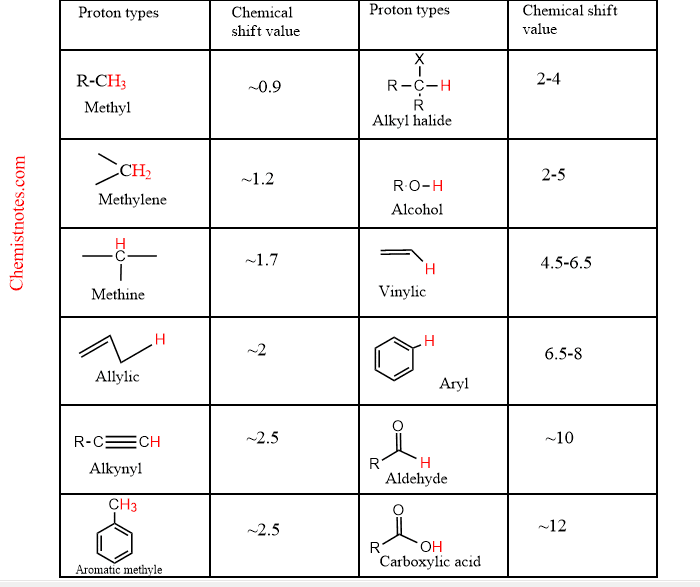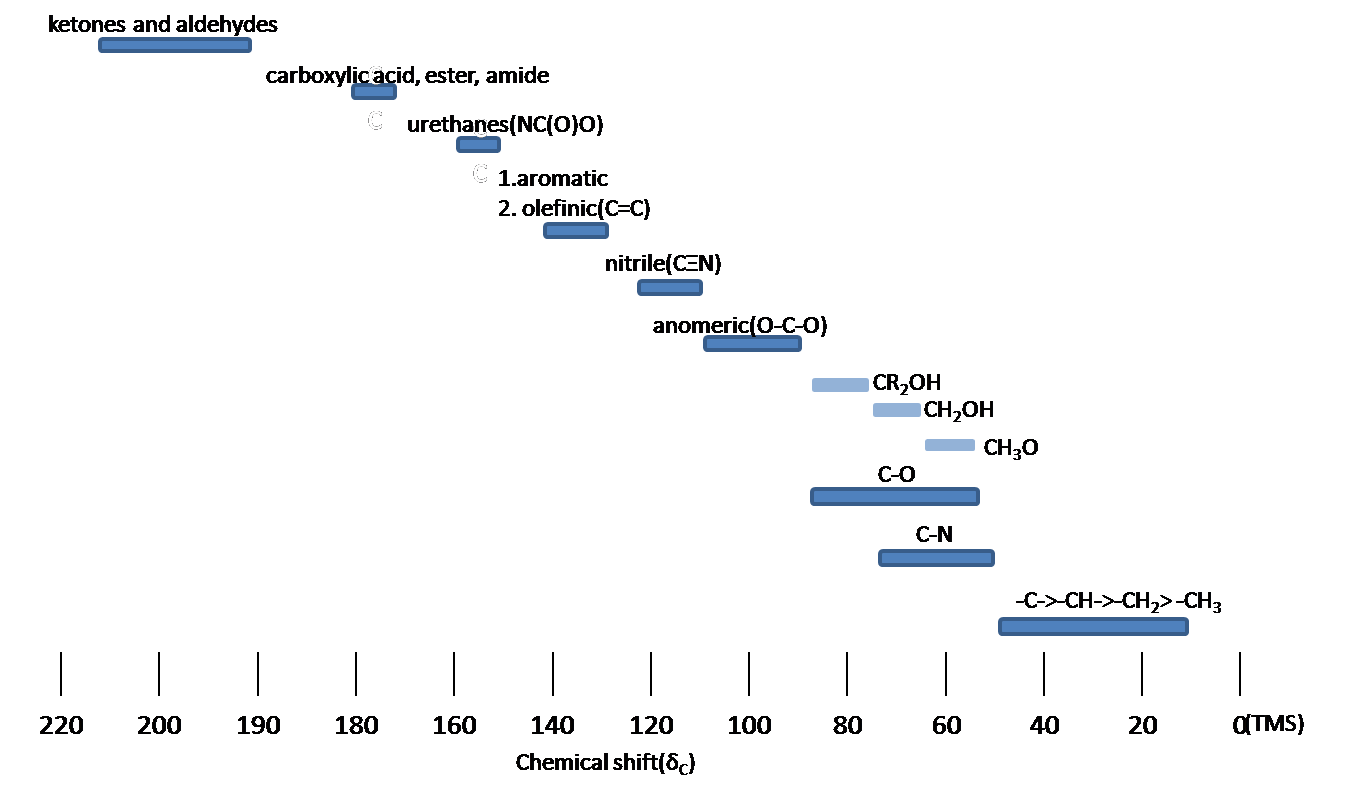How To Read Cnmr
How To Read Cnmr - The chemical shift, multiplicity, coupling constants, and. Web as interpreting nmr spectra, the structure of an unknown compound, as well as known structures, can be assigned by several factors such as chemical shift,. Web h nmr (c 6 d 6, 400 mhz): Web the only way to find out is to check your syllabus, and recent question papers to see whether you are given tables of chemical shifts or not.
Web the only way to find out is to check your syllabus, and recent question papers to see whether you are given tables of chemical shifts or not. The chemical shift, multiplicity, coupling constants, and. Web h nmr (c 6 d 6, 400 mhz): Web as interpreting nmr spectra, the structure of an unknown compound, as well as known structures, can be assigned by several factors such as chemical shift,.
Web h nmr (c 6 d 6, 400 mhz): The chemical shift, multiplicity, coupling constants, and. Web as interpreting nmr spectra, the structure of an unknown compound, as well as known structures, can be assigned by several factors such as chemical shift,. Web the only way to find out is to check your syllabus, and recent question papers to see whether you are given tables of chemical shifts or not.
Illustrated Glossary of Organic Chemistry Term
Web h nmr (c 6 d 6, 400 mhz): Web as interpreting nmr spectra, the structure of an unknown compound, as well as known structures, can be assigned by several factors such as chemical shift,. Web the only way to find out is to check your syllabus, and recent question papers to see whether you are given tables of chemical.
Analytical Chemistry A Guide to Proton Nuclear Resonance
Web as interpreting nmr spectra, the structure of an unknown compound, as well as known structures, can be assigned by several factors such as chemical shift,. The chemical shift, multiplicity, coupling constants, and. Web h nmr (c 6 d 6, 400 mhz): Web the only way to find out is to check your syllabus, and recent question papers to see.
C Nmr Assignment Table Elcho Table
Web h nmr (c 6 d 6, 400 mhz): The chemical shift, multiplicity, coupling constants, and. Web the only way to find out is to check your syllabus, and recent question papers to see whether you are given tables of chemical shifts or not. Web as interpreting nmr spectra, the structure of an unknown compound, as well as known structures,.
12.12 ¹³C NMR Spectroscopy and DEPT Chemistry LibreTexts
Web as interpreting nmr spectra, the structure of an unknown compound, as well as known structures, can be assigned by several factors such as chemical shift,. Web h nmr (c 6 d 6, 400 mhz): The chemical shift, multiplicity, coupling constants, and. Web the only way to find out is to check your syllabus, and recent question papers to see.
How to read NMR spectra 7 Trick or basic steps Chemistry Notes
Web as interpreting nmr spectra, the structure of an unknown compound, as well as known structures, can be assigned by several factors such as chemical shift,. Web the only way to find out is to check your syllabus, and recent question papers to see whether you are given tables of chemical shifts or not. The chemical shift, multiplicity, coupling constants,.
NMRの基礎知識【測定・解析編】 ChemStation (ケムステ)
The chemical shift, multiplicity, coupling constants, and. Web the only way to find out is to check your syllabus, and recent question papers to see whether you are given tables of chemical shifts or not. Web h nmr (c 6 d 6, 400 mhz): Web as interpreting nmr spectra, the structure of an unknown compound, as well as known structures,.
5.6 13CNMR spectroscopy Chemistry LibreTexts
Web the only way to find out is to check your syllabus, and recent question papers to see whether you are given tables of chemical shifts or not. Web as interpreting nmr spectra, the structure of an unknown compound, as well as known structures, can be assigned by several factors such as chemical shift,. The chemical shift, multiplicity, coupling constants,.
13C Carbon NMR Spectroscopy Chemistry Steps (2022)
Web as interpreting nmr spectra, the structure of an unknown compound, as well as known structures, can be assigned by several factors such as chemical shift,. Web the only way to find out is to check your syllabus, and recent question papers to see whether you are given tables of chemical shifts or not. The chemical shift, multiplicity, coupling constants,.
Analytical Chemistry A Guide to Proton Nuclear Resonance
Web h nmr (c 6 d 6, 400 mhz): Web the only way to find out is to check your syllabus, and recent question papers to see whether you are given tables of chemical shifts or not. Web as interpreting nmr spectra, the structure of an unknown compound, as well as known structures, can be assigned by several factors such.
NMR Interpretation Chemistry LibreTexts
Web h nmr (c 6 d 6, 400 mhz): The chemical shift, multiplicity, coupling constants, and. Web as interpreting nmr spectra, the structure of an unknown compound, as well as known structures, can be assigned by several factors such as chemical shift,. Web the only way to find out is to check your syllabus, and recent question papers to see.
Web As Interpreting Nmr Spectra, The Structure Of An Unknown Compound, As Well As Known Structures, Can Be Assigned By Several Factors Such As Chemical Shift,.
Web h nmr (c 6 d 6, 400 mhz): Web the only way to find out is to check your syllabus, and recent question papers to see whether you are given tables of chemical shifts or not. The chemical shift, multiplicity, coupling constants, and.









